Dwarf pine in garden design: types, planting, care
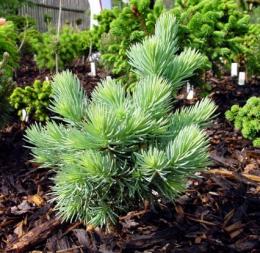
In many gardens, coniferous trees have a lot of space; they are convenient to use in landscape design because they are quite decorative in any season.
When there are no leaves or flowers on deciduous bushes and trees conifers are pleasing to the eye green, gray or blue needles. Among spruces, junipers, yews, pine occupies its rightful place.
You can find a young pine tree in the forest and transplant it into the garden, however, you cannot predict how it will grow.
Perhaps, in a few years, a tall tree with a bare trunk and an asymmetrical crown at the top will be completely out of place in a small area. Dwarf pine will avoid such surprises.
Content:
Dwarf and low-growing pines for the garden
Many varieties of pine trees in the wild reach enormous sizes up to 50-80 m in height with a crown span of up to 12 meters, while dwarf forms sometimes grow from 0.5 m to 2 m.
Almost all types of pine trees have miniature and dwarf varieties and shapes, this applies to:
- Scots pine
- cedar pine
- mountain pine
- Weymouth pines
- pine trees radiata
Dwarf pines differ from their tall relatives not only in size, but also in the shape of the crown and the color of the needles.
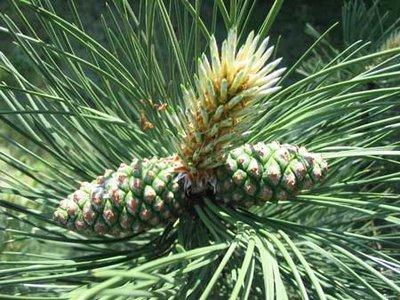
It is worth saying that the main difference between dwarf pines and tall species is the minimum annual growth, which on average does not exceed five cm, while the growth of ordinary-sized pines reaches forty to fifty cm per year.
The unpretentious Weymouth pine has many dwarf varieties. One of the smallest varieties can be considered the Minima variety. The dwarf pine "Minima" grows in the form of a miniature bush, reaching a height of just over half a meter; as it matures, the crown acquires a cushion shape with a diameter of up to 1.5 m.
The bright green needles are very dense, the needles are hard, and at the end of summer they acquire a blue tint.
Minima dwarf pine looks good when decorating slopes, Japanese gardens, and alpine slides.
The next dwarf variety of Weymouth pine is “Makopin”, which is distinguished not only by its miniature size, growing in height a little more than a meter, but also by its almost symmetrical spherical crown with an inconspicuous top.
The needles are long, soft and colored green-blue. Dwarf pine "Makopin" is an ideal option for small areas. It looks good both as a single plant - tapeworm, and in a group of other conifers. It is worth noting the dwarf variety of mountain pine "Pug".
The variety is distinguished by very modest growth; after ten, the height and width of the plant does not exceed 0.5 m. The shape of the crown is a ball. The needles are green with a blue tint. A very unpretentious variety, suitable for growing in containers.
Among the dwarf forms of mountain pine there are varieties with needles that change color depending on the season, such as “Winter Gold”. All summer the needles are bright green, and by winter all the needles become golden yellow.The height of the "Winter Gold" pine does not exceed 0.5 m - 0.8 m, the crown is up to one meter in diameter.
All dwarf pines are quite unpretentious and can decorate any garden, but you still need to follow some rules when they land.
How to plant a dwarf pine
Most pines are lovers of sunlight and dwarf forms are no exception. A well-lit part of the garden is suitable for planting them. Given their short stature, dwarf pines are not afraid of strong winds and tolerate sea air well.
The following requirements are the composition, density and acidity of the soil on the site. In terms of density, loamy and sandy loam soils are preferred; if the soil on the site is heavy, then during planting you will need to pour a drainage layer into the planting hole.
Strongly acidic and strongly alkaline soils are not suitable for pine; the optimal reaction is neutral, and for black pine and Weymouth it is slightly alkaline. If the soils are acidic, then adding chalk or lime will solve this problem.
Before preparing a planting hole for a dwarf pine seedling, the area must be cleared of weeds and dug up.
The size of the hole depends on the size root system, on average it is 60 - 80 cm in depth and the same in diameter.
If the soil is clayey, then to eliminate moisture stagnation you need to pour a 20 cm layer of expanded clay or other drainage material at the bottom of the planting hole.
Sprinkle a layer of forest soil on top. Organic fertilizers should not be applied; pine trees do not really like organic matter. But mineral fertilizers will be needed; Kemira universal or any nitrogen fertilizers will do.
Dwarf pines can be planted in the spring, after the soil has completely thawed, and in the fall, from about mid-September to mid-October.In summer and late autumn, it is better not to plant seedlings with an open root system, since the roots of conifers are sensitive to drying out.
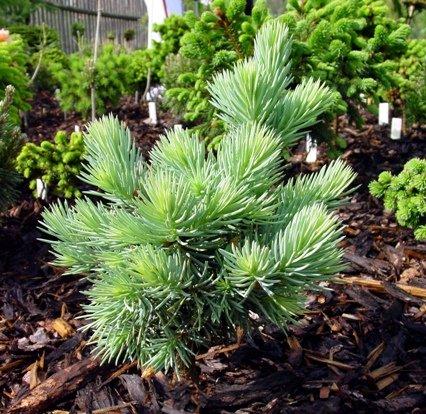
It is important to purchase varietal planting material from trusted garden centers and nurseries so that the miniature pine does not turn into a multi-meter giant.
When planting, carefully place the seedling in the hole, trying to preserve the earthen ball as much as possible and not damage the root system.
Cover the hole with soil and compact it slightly. It is important that the root collar is slightly above ground level. Immediately after this, the tree must be watered abundantly. After planting and in subsequent years of life, dwarf pines, like all garden plants, need regular care.
Dwarf pine in the garden: care
In the first two years, the plant needs regular watering and the application of mineral fertilizers to the tree trunk area. You shouldn’t overuse organic fertilizers; fallen pine needles will suffice.
You should prevent weeds from growing under the tree and remove them regularly. Adult plants are not afraid of frost, but young trees are best protected from direct sunlight in winter.
This can be done using spruce branches. With the onset of spring, do not remove the protective cover too early. Safe to open conifer planting in the second half of April.
Many pines require formative pruning.
The time for it comes at the end of May, and by mid-June this procedure must be completed. The crown can be given a very different shape, or you can simply keep the plant in neat condition and carry out only sanitary pruning.
Dwarf pines are distinguished by good resistance to diseases and pests, but under unfavorable conditions they can suffer from them. If the plant’s needles turn pale and fall off, and the top dries out, then it may be affected by a subcortical bug or scale insects.
Spring treatment with Akarin and Actellik is effective against these pests.
Preventive spraying of plants with Bordeaux mixture will help to avoid many diseases of coniferous trees.
If desired, dwarf pines can be grown not only in open ground, containers, but also as bonsai. All that remains is to purchase the right plant and provide it with comfortable conditions for growth.
Useful video about pine:
Interesting information about the vegetable garden

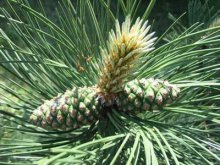
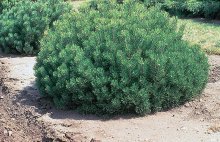
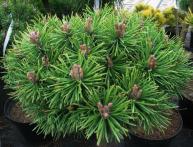

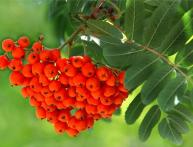
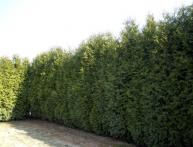
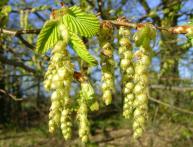
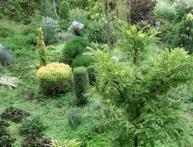

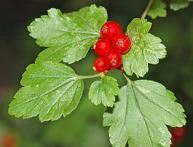
Comments
What a beauty, this is the first time I’ve seen something like this. We probably don’t have such Christmas trees. I would love to buy one for my garden. I would definitely surprise everyone. I’ll have to ask around in nurseries.